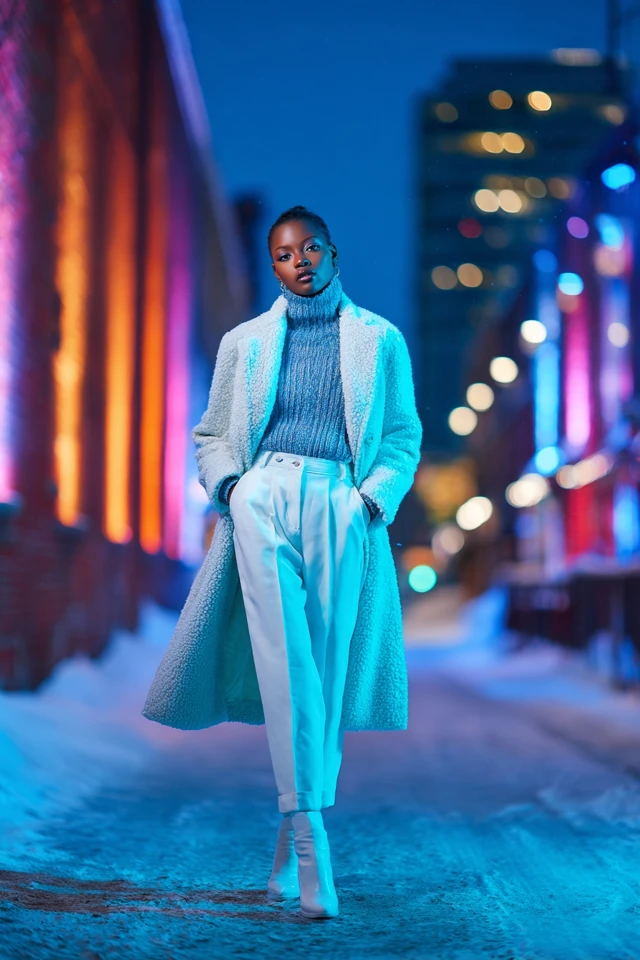Introduction
There’s a particular moment every winter when the chill forces us to rethink our wardrobes. I recall one crisp morning, the sun barely rising, as I stood before my closet contemplating how to stay warm without sacrificing style. The fabrics I chose that day—soft wool, cozy knits in calming neutrals—did more than protect me from the cold; they lifted my spirit and boosted my confidence as I faced the bustling city streets. It struck me deeply how the right fabrics and colors in winter styling shape not only our comfort but also how we present ourselves to the world.
Winter’s layers often come with a reputation for bulk and monotony, yet this season offers abundant opportunities to embrace both casual ease and chic sophistication simultaneously. It’s a perfect time to explore how intelligent fabric choices, combined with a thoughtful understanding of color psychology, trend awareness, and body shape considerations, can transform casual winterwear into a style statement. As a fashion designer and color psychology expert, I’ve learned that what we wear during the colder months profoundly influences our emotional well-being and the impressions we leave on others.
About the Author and My Trend Boutique
This post dives deep into the essential fabrics that define casual winter chic, unraveling the psychology behind our choices and providing practical styling strategies tailored to various body types and complexions. Whether you’re refreshing your seasonal closet or simply curious about elevating your winter look, understanding these elements will empower you to dress impressively and confidently through the coldest months.
Foundational Concepts
Before delving into specific fabrics and styling tips, it’s vital to ground our discussion in key concepts that govern fashion choices and their societal impacts. Let’s begin with color psychology, a critical tool in understanding why certain garments not only look good but also feel right. Rooted in extensive psychological research, color psychology explores how hues trigger emotional responses and influence perception. For instance, deep blues evoke calmness and professionalism, ideal for winter’s subdued palette, while warm reds can energize an otherwise dull outfit.
Next, trend forecasting plays a pivotal role in staying relevant without chasing fleeting fads. By analyzing cultural shifts, runway shows, and consumer behavior, trend forecasters predict which colors, cuts, and fabrications will dominate each season. This approach enables fashion lovers to incorporate timely elements that complement their core wardrobe rather than overhaul it completely. Consider the rise of sustainable fabrics and oversized silhouettes as examples of trends born from broader societal concerns and comfort demands.
Finally, the concept of dressing to impress transcends formal wear and professional settings; it’s about aligning your outward appearance with your inner confidence and style goals. According to studies, how you dress significantly influences first impressions—people quickly associate certain fabric qualities and color choices with traits like reliability, warmth, or creativity. I learned from personal experience that choosing tactile, high-quality materials can transform not only how others perceive you but also how you perceive yourself.
Picture Gallery
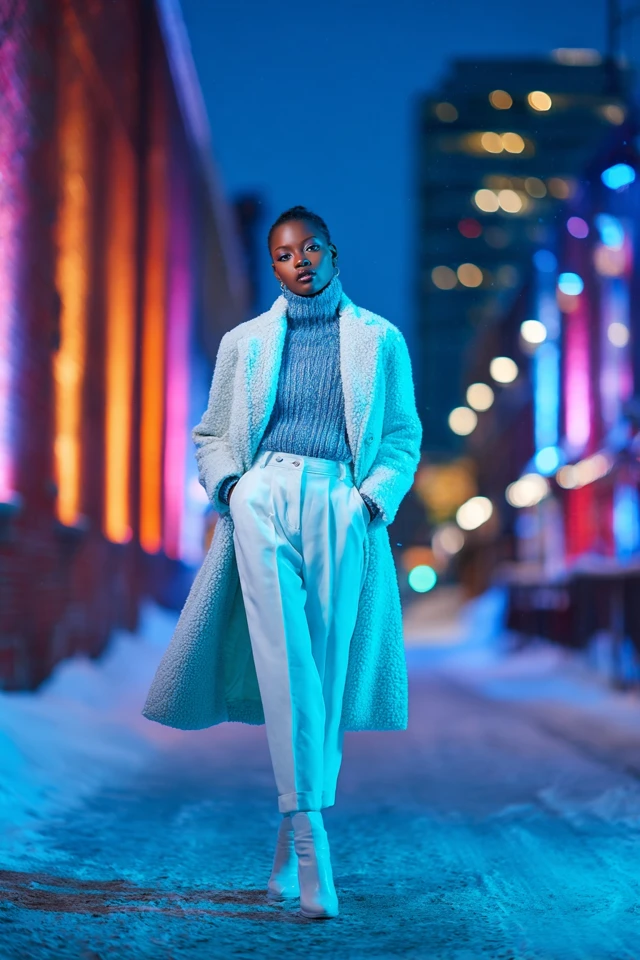
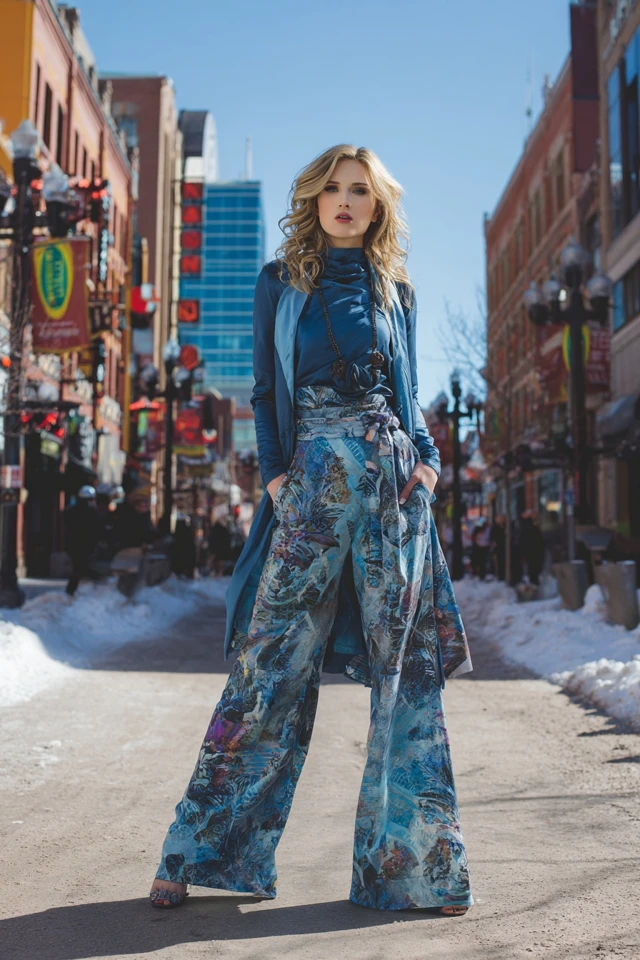
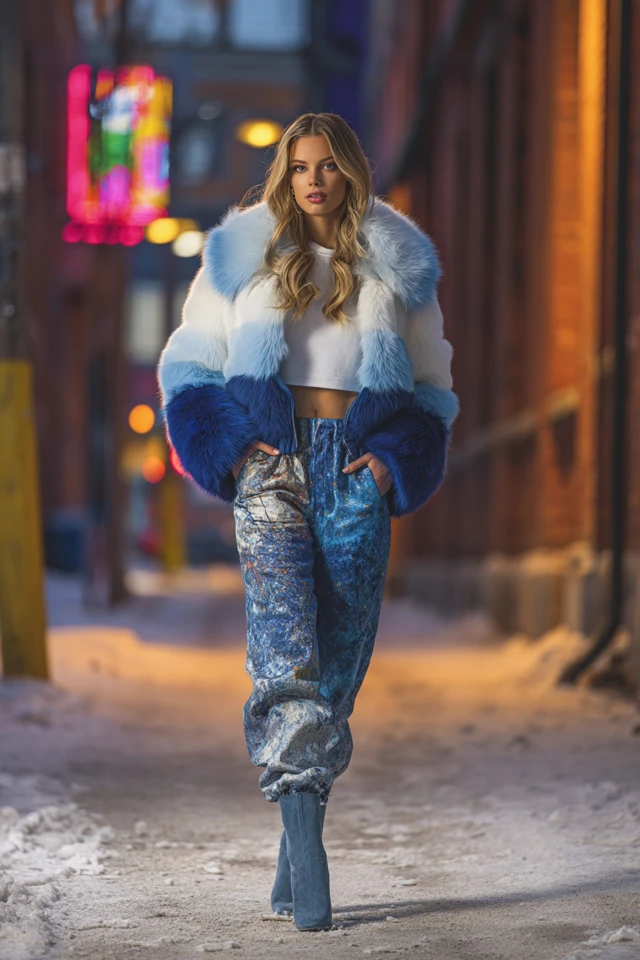
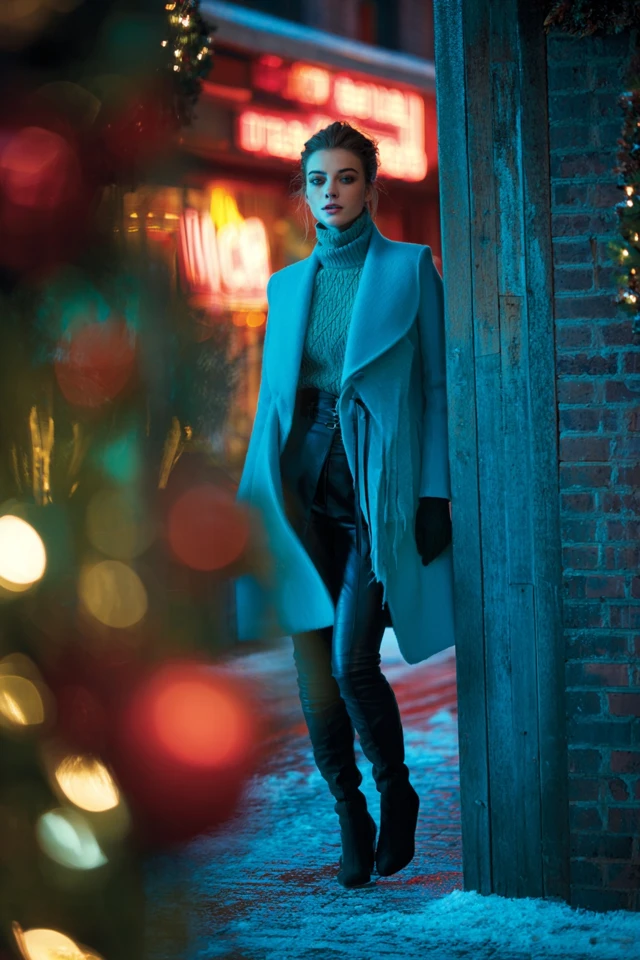
Color Psychology & Emotional Impact
Color is far more than a visual stimulus; it’s a language of emotions and perceptions deeply ingrained in our subconscious. In winter fashion, color choices can counteract the season’s often gloomy atmosphere, boosting mood and influencing social interactions. Research in first-impression science reveals that colors like navy, charcoal, and rich jewel tones communicate authority and trustworthiness, making them powerful allies in casual yet chic winter ensembles.
Soft neutrals such as camel, cream, and taupe evoke warmth and approachability, inviting positive social engagement. Meanwhile, strategic pops of color in accessories or layering pieces can invigorate a look, breaking the monotony of winter’s darker base tones. For example, a burgundy scarf or emerald green knit conveys subtle confidence without overpowering.
Moreover, color impacts self-confidence profoundly. When you dress in colors that align with your personality and complexion, you experience a mood lift that translates into better posture, a more genuine smile, and a composed demeanor. This psychological effect amplifies the overall impact of your winter attire, turning casual clothes into tools of empowerment.
Personal Style & Body Type Considerations
Understanding your unique body shape and complexion is essential in curating a winter wardrobe that flatters and feels authentic. Fabric choices and silhouettes play a key role in this personalization.
- Hourglass figures: Opt for fabrics with slight stretch like ponte knits that emphasize curves without adding bulk. Wrap-style sweaters and belts in soft wool can highlight your waist, balancing comfort with chic appeal.
- Apple shapes: Lightweight layers and fabrics with structure such as brushed cotton or lightweight cashmere create definition. A-line coats and tunic sweaters that skim the midsection can accentuate your best features.
- Pear shapes: Choose fabrics with fluid drape for tops—silky wool blends or cashmere blends—and more structured fabrics like twill or corduroy for bottoms to balance proportions.
- Rectangular shapes: Layering with varied textures and fabrics (chunky knits, faux-fur trims) creates visual interest and softness. Belted coats and puff-sleeve sweaters offer silhouette shaping.
Your complexion also guides fabric and color choices: cool undertones pair beautifully with icy blues, grays, and forest greens, while warm undertones glow in camel, rust, mustard, and deep reds.
Winter Chic Style Quiz
- Do you prefer fitted or relaxed silhouettes?
- Which winter color palettes make you feel energized vs. drained?
- How do different textures (soft wool vs. crisp cotton) feel against your skin?
- What layering techniques have you found most comfortable in cold weather?
- Are you drawn to classic looks or trendier, playful pieces?
Answering these questions candidly prepares you to shop and style with intention, elevating your winter wardrobe.
Current Trends & Timeless Classics
Today’s casual winter chic is a blend of nostalgia and innovation. Trending colors include deep plums, muted olives, and classic camel—shades that harmonize with both urban settings and countryside escapes. Silhouettes favor comfort: oversized cardigans, relaxed trousers, and softly tailored coats dominate collections, reflecting a sustained desire for versatile, wearable fashion.
Yet, timeless classics remain indispensable. A well-crafted wool pea coat, a cashmere turtleneck sweater, and sleek leather boots never go out of style. These pieces form the foundation of a wardrobe into which trend-led touches—like a faux shearling jacket or velvet scarf—can be seamlessly integrated. This merging of current direction with enduring essentials safeguards your look against rapid fashion cycles.
Notably, increased attention to sustainable fabrics and ethical production underscores this season’s trends, inviting consumers to embrace slow fashion principles while staying stylish and relevant.
Practical Tips & Recommendations
Creating casual winter chic begins with smart shopping and wardrobe management:
- Prioritize fabric quality: Invest in pieces that combine warmth and breathability, such as merino wool, cashmere, brushed cotton, and fleece-lined blends. These fabrics offer comfort and longevity.
- Layer strategically: Use thin, insulating underlayers made of silk or technical fabrics beneath chunky knits and coats. This keeps your silhouette sleek rather than bulky.
- Mix textures: Pair contrasting materials—like a leather jacket over a soft wool sweater or a velvet skirt with a cotton tee—to create dimension and warmth.
- Accessorize thoughtfully: Incorporate scarves, hats, and gloves in complementary color palettes. These not only add visual interest but allow for practical warmth without sacrificing style.
- Fabric care is crucial: Follow care labels religiously to preserve texture and shape. Use fabric shavers for wool, store cashmere folded to avoid stretching, and air out knits between wears to maintain freshness.
- Color combos to try: Navy and camel create a sophisticated contrast; charcoal and blush soften a winter ensemble; emerald green with beige layers enliven neutral bases.
Shopping less but smarter—opting for pieces that offer versatility across occasions and styles—is the heart of an enduring winter wardrobe.
FAQs
- What is a good signature color for winter to boost confidence?
- Deep jewel tones like emerald, sapphire, or burgundy enhance winter’s palette and positively affect mood and presence. Choose a shade that complements your complexion and feels authentic.
- How can I update my winter wardrobe on a budget?
- Focus on statement accessories and a few quality layering staples. Thrift or consignment shops often have classic wool coats and sweaters for less. Experiment with color through scarves or gloves to refresh existing pieces.
- Are there sustainable fabric options that feel luxe for winter?
- Yes, organic cotton, recycled wool blends, and Tencel-infused knits offer softness and warmth with a reduced environmental footprint. Look for certifications like GOTS or OEKO-TEX for verification.
- How can I build a capsule winter wardrobe?
- Start with versatile basics like a neutral pea coat, two types of sweaters (chunky and fine knit), quality denim or tailored pants, and mix-and-match accessories. Choose pieces that transition from casual to dressier occasions.
- What fabrics should I avoid to prevent bulkiness?
- Avoid heavy, stiff materials like thick corduroy or bulky polyester blends without stretch. Instead, select fabrics with fluidity and natural insulation like merino wool or cashmere, which balance warmth with a sleek silhouette.
Conclusion
Winter fashion offers a unique canvas for combining comfort, color psychology, and chic fabrics to create casual yet polished looks that inspire confidence. By grounding your style in foundational concepts—color impact, trend intelligence, and body-conscious fabric selection—you empower yourself to dress impressively regardless of the temperature.
Remember, the true essence of casual winter chic lies not in following every trend but in personal expression through well-chosen textures, colors, and layers that feel authentic to your lifestyle and body. Embrace experimentation, trust your intuition, and allow your wardrobe to become a tool of empowerment this season and beyond.
I invite you to share your own winter fabric favorites, styling questions, or success stories in the comments below. Don’t forget to subscribe for more insights blending fashion design, psychology, and practical style advice—together, we’ll cultivate wardrobes that warm both body and spirit.

